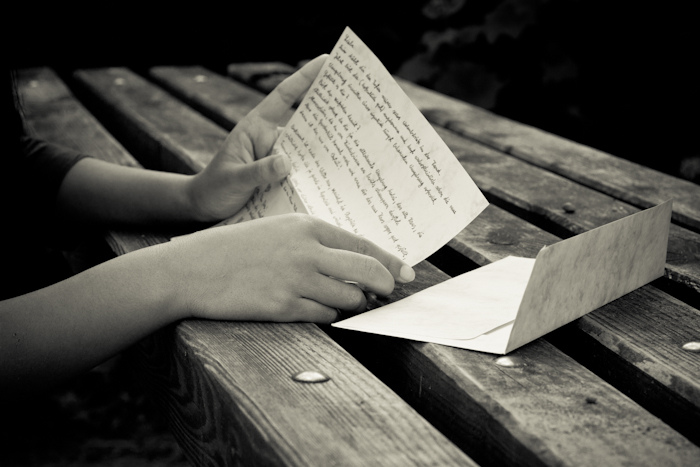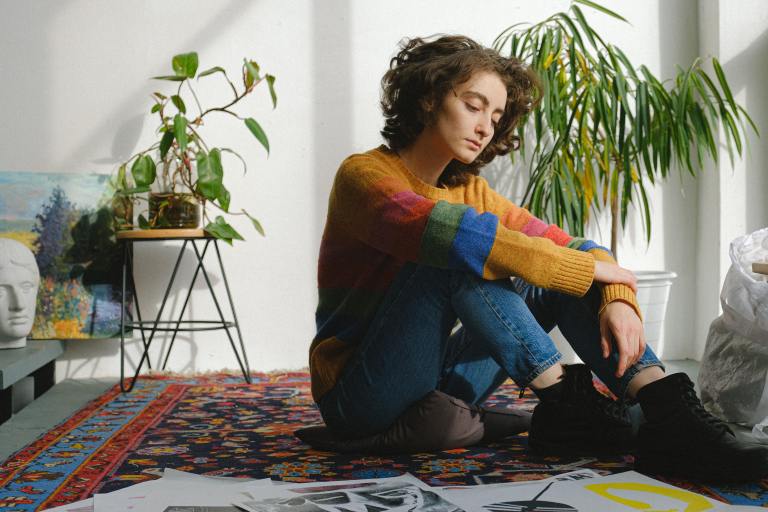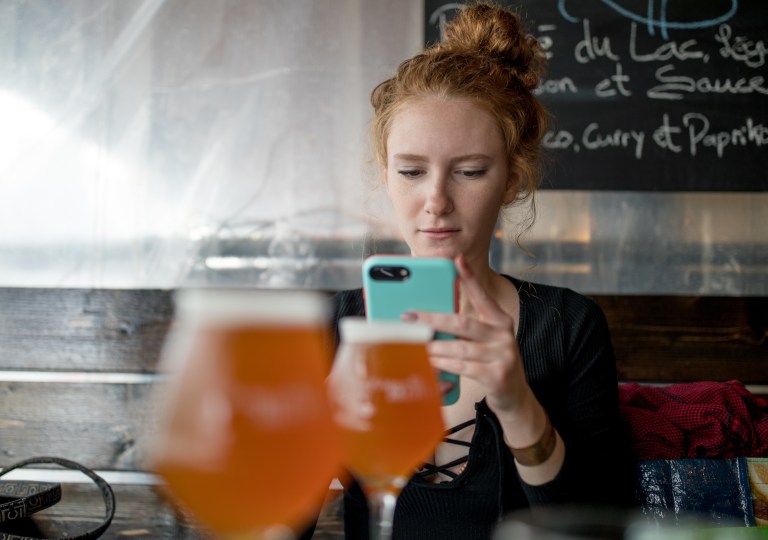Why We Need To Bring Back The Handwritten Letter
While easy and convenient to pull up a text message thread, or to quickly shoot off an email from our iPhones, there’s something unequivocally meaningful about getting a letter in the mail that is personally addressed, stamped, and sealed.
By ![]() De Elizabeth
De Elizabeth
Recently, it occurred to me, as a teacher of 14-year-old teenagers, that most of my students have never mailed a handwritten letter. Most of them have never taken the time to pick out a set of stationary or choose between a variety of colored pens, before sitting down at a desk or cross-legged on a bed to write a letter to a friend, relative, or pen-pal. They may not have addressed envelopes, licked the seal, rummaged through drawers for a stamp, and raced outside before the mailman arrived. And then, after this realization, I started to think — when was the last time I sent a handwritten letter?
Growing up in the 90s, my friends and I were no strangers to the art of the letter. Many hours in middle and high school were spent scrawling notes, either in a collage-covered notebook designated as our “slam book,” or folded up into perfect origami triangles to be passed in the hall between classes. We had code names for each other, and for all the people who were mentioned frequently in our letters. These code names were derived from our favorite TV shows and movies — Cory and Topanga, Jack and Rose, Buffy and Angel. We experimented with various handwriting styles and sizes, alternating between the pastels of gel pens. We filled up five-subject notebooks with our teenage thoughts; these pages still exist somewhere in our childhood bedrooms, documenting memories that we may have forgotten by now. Mortifying and thrilling alike, these events of our teen years are immortalized in the scribblings that took place during math class, after a soccer game, before homeroom. When stumbling upon these notebooks from time to time, I can never bring myself to throw them away.
In college, I filled up shoeboxes with the letters I received from friends at different schools. In the evenings, I would often find myself in my dorm with a cup of vanilla coffee on the windowsill, as I scripted a letter destined for Ohio. I would decorate the envelope with stickers and doodles, adorn it with a stamp, and drop it in the mailbox on my way to class the following day. During winter and summer breaks, my roommates and I would write to one another, addressing letters to our parents’ homes. We’d include inside jokes, signing off with phrases that only we would understand. At the end of a school year, between packing and removing posters from the walls, my best friend and I would write each other a long novel of a letter, attaching our favorite pictures from the year, promising that these days were golden, swearing to be friends for a lifetime.
Ultimately, now most of our correspondence is electronic — it’s through emails, text messages, snapchats. Writing a long email is not the same as writing a long letter — it requires less thought, perhaps for the very simple reason that words are so easy to un-write. While easy and convenient to pull up a text message thread, or to quickly shoot off an email from our iPhones, there’s something unequivocally meaningful about getting a letter in the mail that is personally addressed, stamped, and sealed. Additionally, there’s something gratifying in the act of writing that letter, something that feels like documenting a moment in time.
We are not bound to the riptide of new technology, and, with a little conscious effort, we can maintain some of our old ways while moving forward with new innovations. I’d like to propose a movement — an experiment, in a way. Let’s all choose one person we care about, perhaps one person with whom we tend to correspond solely through those grey and blue bubbles. Let’s rummage through old stationary, or purchase new sets, and let’s sit down, with a cup of coffee, or a glass of wine, and let’s write.
Write anything that comes to mind, anything you’ve been meaning to tell this person. Fill up a page, maybe two. Then let’s find an envelope and a stamp; let’s address this letter, using numbers and cities. We’ll put this letter in the mailbox, and it will arrive at its destination in a few days, amidst bills and coupons; tucked between unwanted pieces of paper, this will be a surprising gem.
For some, perhaps this will start a cycle, a new habit that finds its way into our daily routines. For others, this may be a one-time event, a letter that goes unanswered. Regardless of the outcome, with a combined effort, we may be able to resurrect this art form, and prevent the handwritten letter from dying with our generation. How’s that for a Throwback Thursday or Flashback Friday? ![]()





